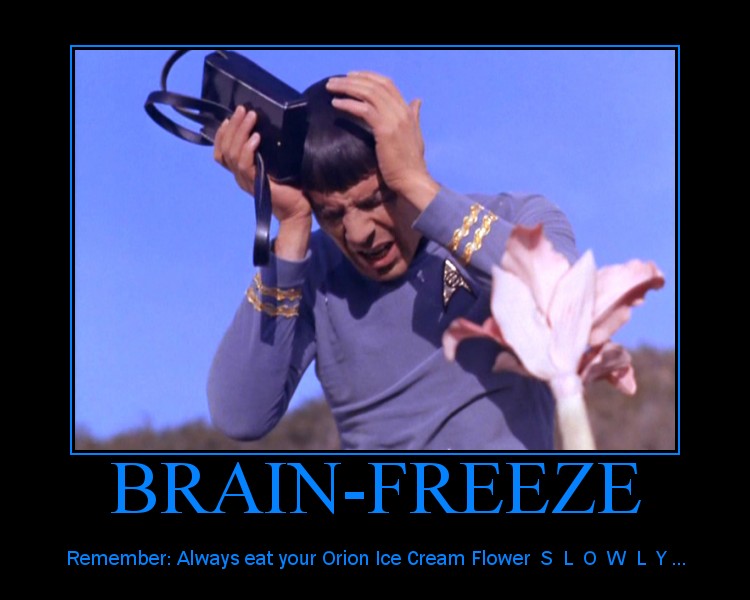
An atom is made up of protons (+ charge), neutrons (no charge), and electrons (- charge). An atom is incredibly small: 10-8 cm. To put this in perspective, if we assumed a period (
.) to be the size of a carbon atom, the size of a scaled pencil (originally 7cm long) would be 100 miles long and 3.5 miles wide.
But if its so incredibly tiny, how can an "atom" bomb be so destructive?E = mc2 (where E = energy, m = mass and c = the speed of light) tells us that matter and energy are interchangeable -- matter can convert into energy and vice versa. Add to this the fact that any object is comprised of an enormous amounts of atoms one can easily see when squaring the speed of light the result, regardless of the negligible mass of an atom, is enormous.
Aside from Einstein's famous equation, radioactive decay also plays a role where atoms split at high speeds. Nuclear bombs use
uranium-235 as fuel because it is highly unstable, with an irregular number of neutrons. Uranium can be induced to decay if struck with a neutron. This process of splitting atoms through neutron bombardment is known as
fission. When fission occurs, a chain reaction ensues with the original neutron collision creating numerous consequent collisions. With each collision, more atoms are split and more energy is released.
What about the trademark
mushroom cloud that results due to an atomic explosion? Well, a mushroom cloud is not particular to an atomic explosion. It occurs in any instance where a massive fireball is created and rises, leaving behind a column of hot, and rising, air. The vacuum draws in all surrounding gas and flame which creates a "stem" of smoke. The head of the cloud forms because the center of the plume is the hottest, so it rises faster than the outer edges which gives the effect of the edges crawling downward.
Aside from the mushroom cloud, atom bombs also deliver an awesome
shock-wave. Radiation energy is released during the explosion and in the presence of a surrounding material (air, water, etc) this energy rapidly heats the surrounding matter so it's temperature is equal to the temperature of the atomic bomb's matter. This vaporizes the surrounding material and the energy of this expansion forms a shock-wave.
One other thing to note is that conventional bombs explode due to chemical reactions, but the atoms that make up the chemicals stay unchanged. Atomic/Nuclear bombs explode as a result of reactions and do change the atoms, creating explosive energy in turn.
Here is a
video of atomic bomb explosions.










